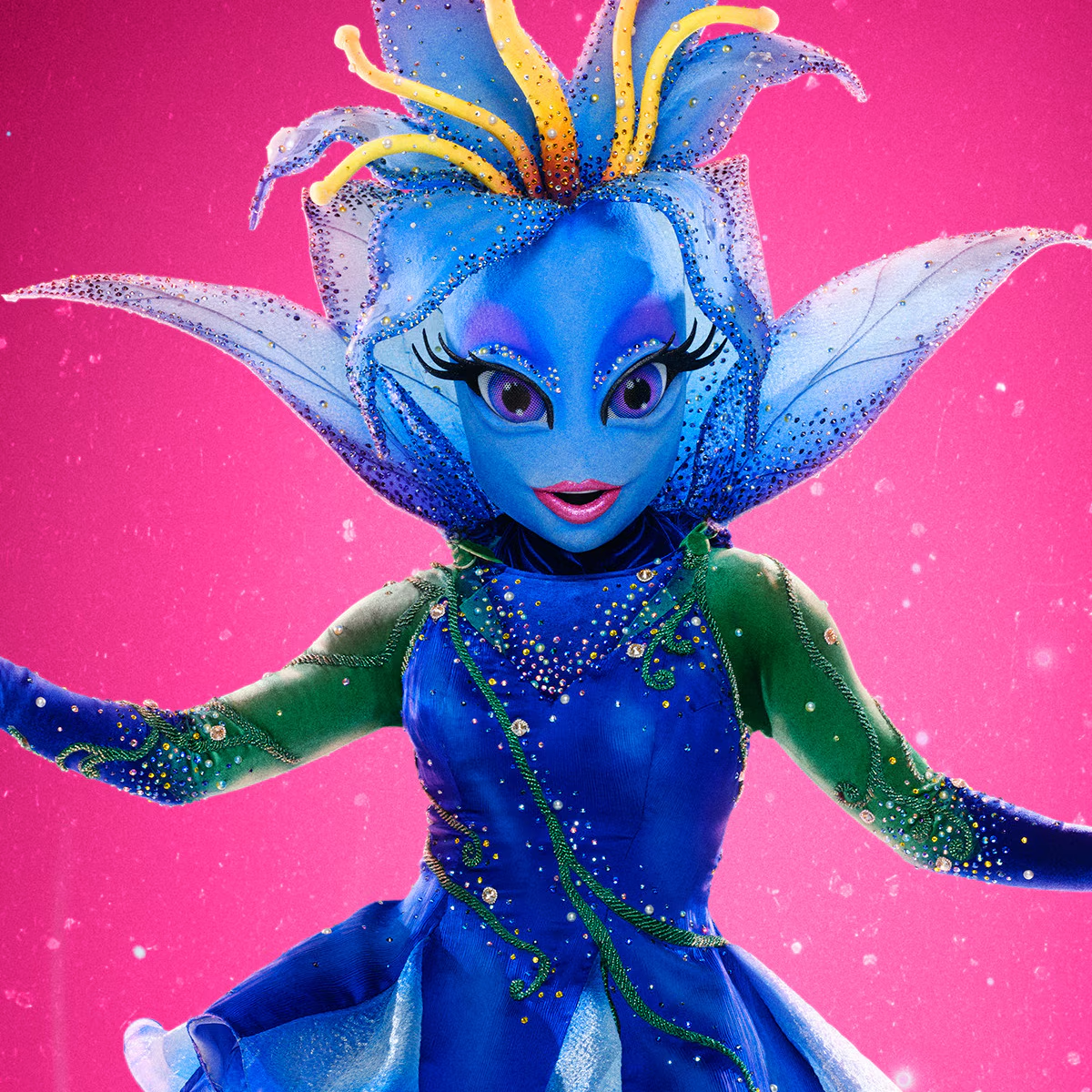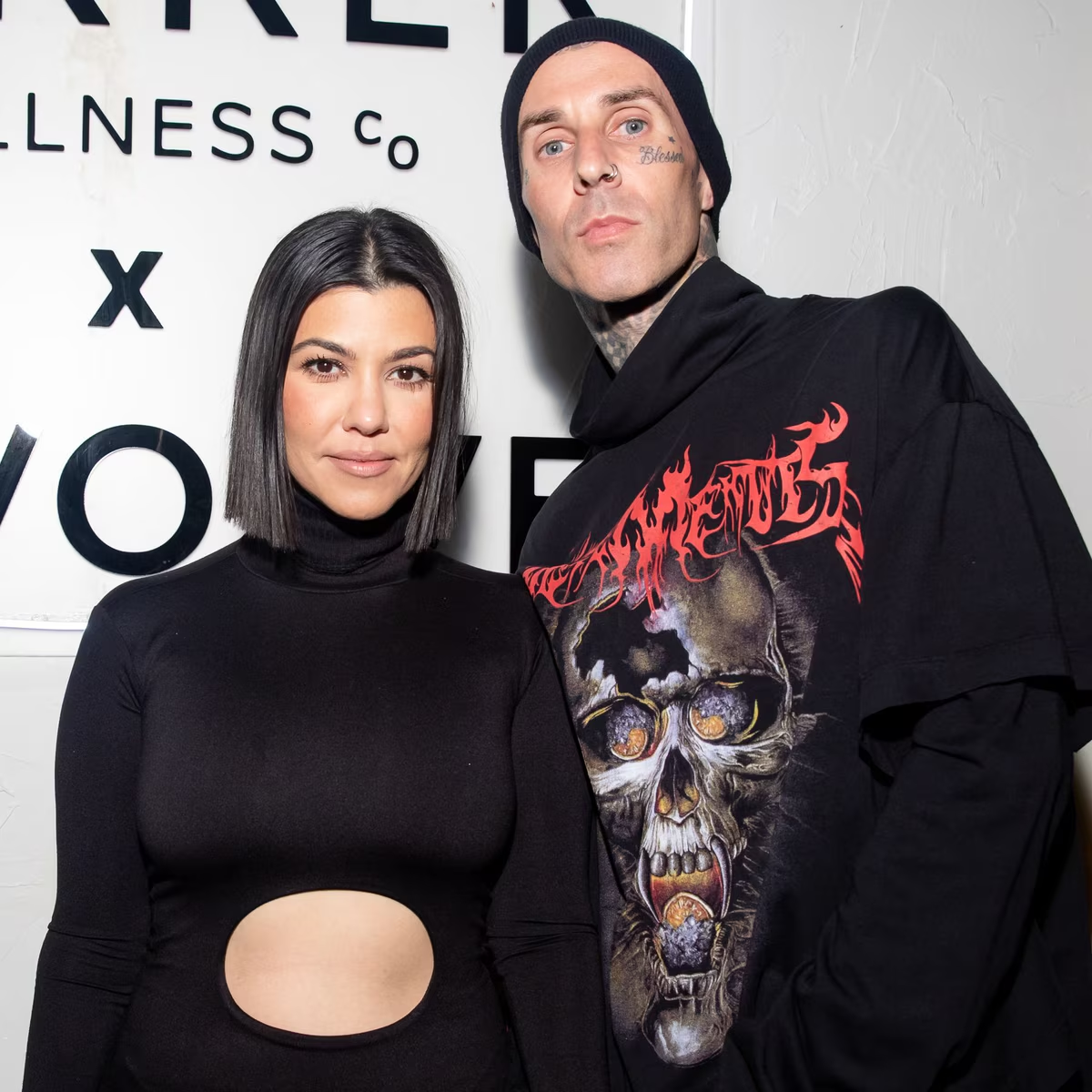Feel Free to Talk About These Fight Club Secrets
Audiences were destined to talk endlessly about Fight Club.
David Fincher's polarizing film—adapted from Chuck Palahniuk's book of the same name—starring Brad Pitt, Edward Norton and Helena Bonham-Carter came out 25 years ago. And its critique of consumer capitalism and its corresponding anarchic solutions, the unapologetic hypermasculinity (however satirized it may be) and that WTF ending remain as relevant as ever.
Though a lot of people didn't quite grasp the point at first. Or they did and didn't like it one bit.
Fight Club has been called everything from a masterpiece to socially irresponsible to "an inadmissible assault on personal decency—and on society itself."
That last one made it onto the DVD box.
Coming along before social media turned all of us into amateur bare-knuckle word boxers, Fight Club posited that beating the crap out of each other was perhaps the only unadulterated way for men to literally sweat out the stresses shoved upon them by so-called polite society. The only way to connect—to feel anything at all—amid the mind-numbing demands of an increasingly superficial modern world full of stuff that's steadily taking ownership of them was to own each other in the makeshift ring.
The movie inspired more than a few imitators and catchphrases as dudes took to the basement to act out their own aggression. But it got even more people thinking.
Though perhaps not right away, because the film was considered a commercial flop upon its release on Oct. 15, 1999.
But eventually the epiphanies poured forth: about detachment, moral decay and materialism, about the id that lurks within, about how one movie can be so simultaneously appreciated and thoroughly disliked.
The movie came out on DVD in June 2000 and went on to sell 6 million copies over the course of the decade. And Fight Club still holds up as a brutal but not unsympathetic look at the havoc all this stuff continues to wreak on society, as well as an aggressive fantasia about what saying f--k-all to consequences really looks like.
Moviegoers aren't always ready to look in that cultural mirror when it's held up to them. And yet Fincher also wanted to make people uncomfortable, so in that, he couldn't have scripted a better outcome.
Or maybe it just makes you think about soap and Brad Pitt's abs.
In any case, it's a strange time in all of our lives, so here are 20 secrets about Fight Club:
1. Chuck Palahniuk sold his pitch for a book, about a mid-level pencil pusher who gets sucked into a top-secret brawling ring led by the charismatic, enigmatic Tyler Durden, to publisher W.W. Norton for $6,000. It initially sold only about 5,000 copies. The story got into the right hands, however, and the late Laura Ziskin, head of Fox 2000 at the time, optioned it for $10,000.
2. Word on the street, put there by Palahniuk himself, was that the derogatory use of the word "snowflake"—these days a term for a delicate, easily offended person—originated with Fight Club, when Tyler leaves a note reading, "You are not a beautiful and unique snowflake. You are the same decaying organic matter as everyone, and we are all part of the same compost pile."
Esquire pointed out in 2017, as the alt-right latched on, that the word had been in circulation as meaning more than a piece of snow since at least the 1860s, when it was a political designation.
3. The first director given a shot at taking on Fight Club was David O. Russell, but he didn't get it, according to Brian Raftery's 2019 book Best. Movie. Year. Ever, about the culture-altering films that poured forth from 1999.
David Fincher, who had previously worked with Brad Pitt in Se7en, got it. He tried to buy the rights, but they belonged to 20th Century Fox. After not enjoying his experience with the studio doing Alien 3, he didn't really want to work with it again. But after meeting with Ziskin, he agreed, so long as instead of a gritty low-budget affair he could make a gritty big-budget affair and, he recalled, "put movie stars in it and get people to go and talk about the anticonsumerist rantings of a schizophrenic madman."
4. Even when James Uhls set about adapting the screenplay, he thought it would be fun "but this will never get made," Uhls told Raftery.
5. When Pitt's Tyler Durden first encourages The Narrator, Edward Norton's unnamed nonentity of a man, to "hit me as hard as you can"...
His costar hit him.
"It's the first punch of the movie and I hit him in the ear, and he says—Fincher came up to me and said, 'hit him,' you know, connect with him somewhere," Norton shared on The Tonight Show Starring Jimmy Fallon in 2019. "And I didn't know what to do. And I hit him in the ear, and he says in the film, 'Ah! Why the ear?!'"
6. The ever-introspective Pitt strongly identified with the movie's underlying message.
"I'm the guy who's got everything," he remarked at the time, but "once you get everything, then you're just left with yourself. I've said it before and I'll say it again: It doesn't help you sleep any better, and you don't wake up any better because of it."
7. Fincher was sold on Norton after seeing him as an idealistic attorney in 1996's The People v. Larry Flynt.
Norton also got it, observing after reading the book in one sitting that "it took aim right at what a lot of us were starting to feel," he told Raftery. "The book was so sardonic and hilarious in observing the vicissitudes of Gen-X/Gen-Y's nervous anticipation of what the world was becoming—and what we were expected to buy into."
8. Pitt and Norton took boxing and tae kwon do to get ready for their fight scenes, and learned how to make soap, for the whole subplot about making soap with discarded fat stolen from plastic surgeons' offices.
But while the almost upsetting degree of musculature Pitt showed up with worked for Tyler, Norton had to lose weight to portray an office drone who's been spending more time flipping through the IKEA catalog than doing reps at the gym.
9. Courtney Love, Norton's girlfriend at the time, was considered for the role of the acerbic, chain-smoking Marla Singer. But Fincher told Raftery that he ultimately felt "their personal stuff would get in the way of work. And there was a lot of work."
It was Pitt who encouraged Fincher to check out Helena Bonham Carter in her Oscar-nominated role in the period drama The Wings of the Dove. Even though her own mother considered the Fight Club script "a pollutant," the British actress told Raftery, Carter took the meeting with Fincher and signed up.
10. Fincher has since become legendary for his take-after-take-after-take style, and that was already in full force in 1999.
Norton, recalling how Carter couldn't stop laughing on more than one occasion, told Raftery, "She couldn't get through a take without breaking up. It was like, 'you know Fincher's already going to do 40 of these takes—do you really want to make it 70?'"
The actor said that, at 129 days, it was the longest shoot of his career.
11. Per Raftery, Norton and Fincher debated a lot throughout the making of this movie about the tone—which was comical, but the director didn't want it to be obviously comical.
The point was to leave audiences wondering what, exactly, this movie was advocating, and Norton recalled Fincher advising him once, "'A little less Jerry, a little more Dean.'"
12. Fincher—whose films have become known for their haunting, and in The Social Network's case, Oscar-winning scores—wanted Radiohead frontman Thom Yorke to score Fight Club, but the artist was drained from promoting OK Computer and had to pass. (Norton told Raftery that he and Pitt stayed up till 4 a.m. the night they finished shooting, smoking a joint and listening to OK Computer.)
"They sent me the script and Ed and Brad Pitt wrote to me and said 'We really think you should do this,'" Yorke told BBC 6 in 2018. "I went, 'Nah, I can't.' And I couldn't. I wouldn't have been able to do it then, but every time I see the film I go, 'Oh...'"
Instead, the Dust Brothers, Michael Simpson and John King, provided the post-modern sound Fincher had in mind. He "wanted it to be like a bee is stuck in your ear," Simpson described their marching orders to Raftery. "He wanted to give the audience the impulse to leave the theater before the opening credits were done."
King added, "There's a schizophrenic quality to the music. But perhaps that's appropriate for the movie."
13. Everyone involved knew in the moment that they were making something that defied simple description.
"It's very, very thick with ideas," Norton told reporter Jimmy Carter at the time. "This is a zeitgeist film. It's a film that, if we catch the spirit of this book, in this film, we'll have really held a mirror up to the culture at a certain time."
Asked if his character was insane, the actor said that he thought it was a fair question. "I've always thought on a certain level the movie is metaphoric," Norton added. "It's a study of a person going a little bit insane, going insane to save himself, in a way."
Said Pitt, "It's a bombardment of information, I've never seen anything like it."
14. Some took the movie as a death knell for traditional masculinity, as a way of saying men were becoming obsolete, that modern society was better suited for women.
"I think that's a little bit reductive," Norton told Carter, "in the sense that I don't think it's a proclamation like that, but I think it's an examination of why men feel [frustrated]."
"It is true, we are in PC times, where you don't yell, you don't fight," Pitt told Carter, "and yes, this possibly is the more evolved place—but you have to experience the other to get there. You can't just skip that step and go straight to 'I don't fight, I don't argue.'" Schoolyard-type fights, for him, were "innocuous," almost "a rite of passage," the actor explained, and the movie basically points out that the instinct some people have to settle arguments with fists didn't just evaporate.
15. Pitt's then-girlfriend Jennifer Aniston shaved his head for him, for Tyler's eventual buzz cut scenes. His golden locks had grown back by the time of the film's October 1999 premiere, and he and Aniston would get married the following July.
16. Screenwriter Uhls diverged from the book in coming up with the movie's finale: Durden's "space monkeys" taking down the credit card companies, corporate behemoths responsible for so much misery.
Ahead of the burst of the tech bubble in 2000, debt levels really were soaring in the late '90s after the U.S. Supreme Court had cleared the way earlier in the decade for the ability to charge astronomical fees.
"We needed something where the audience members would cheer the destruction of the world," producer Ross Grayson Bell told Raftery.
The special effects-reliant scene took almost a year to finish.
17. Fox wasn't too thrilled that 20th Century Fox corporate headquarters is one of the buildings that gets blown up at the end, though Fincher did get permission from studio chairman Bill Mechanic, who was fired in 2000.
Now CEO of Pandemonium Films, Mechanic told Raftery that okaying the destruction of the Fox tower on film was his "anti-[Rupert] Murdoch thing. My 'f--k you.'"
18. Fight Club was originally scheduled for a July 1999 release, but Fox pushed it to October.
The studio said the move had nothing to do with the mass shooting at Columbine High School, which had just occurred that April, but Fincher told Raftery that he felt the studio was silently asking him to tone it down.
Still, no substantial changes were made and the movie came out as Fincher envisioned.
19. Fight Club was immediately lost in translation.
"Edward and I are laughing out loud, we're like the obnoxious Americans laughing at our own movie," Pitt recalled the movie's premiere at the Venice Film Festival. "And there's a particularly offensive joke from the Marla character [her morning-after joke about sex and grade school], and at that point [the head of the festival] just got up and left."
"I thought these were going to be rabid cinephiles," Fincher added. "And I think the median age of the audience was 73."
"It was dead silent," Pitt continued. "And we proceeded to howl even harder. We had a great experience. We thought...we were on to something."
Norton remembered to Raftery, "It got booed. It wasn't playing well at all. Brad turns and looks at me and says, 'That's the best movie I'm ever gonna be in.' He was so happy."
20. The film was not a hit. Fincher, sensing what was coming, took off for Bali during its opening weekend to get away from the numbers.
It opened at No. 1 with an $11 million haul, but all the talk about Fight Club, which cost $65 million to make, deterred rather than drew people in (Rosie O'Donnell even gave away the twist on her talk show), and it ended up making only $37 million domestically.
But that initial lack of interest—and the enduring distaste for the movie in some circles—helped cement Fight Club's status as a cult classic.
(Originally published Oct. 15, 2019, at 3 a.m. PT)
Disclaimer: The copyright of this article belongs to the original author. Reposting this article is solely for the purpose of information dissemination and does not constitute any investment advice. If there is any infringement, please contact us immediately. We will make corrections or deletions as necessary. Thank you.







